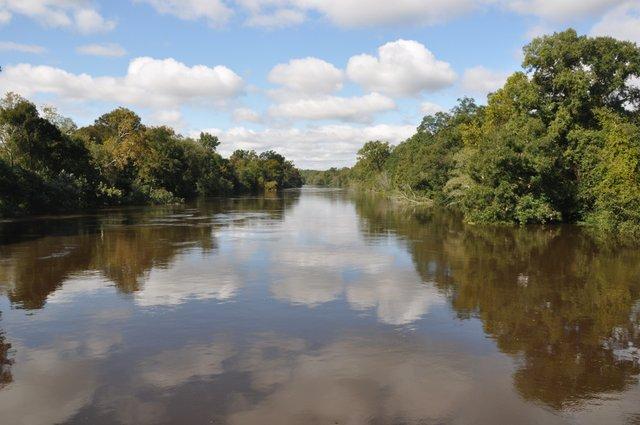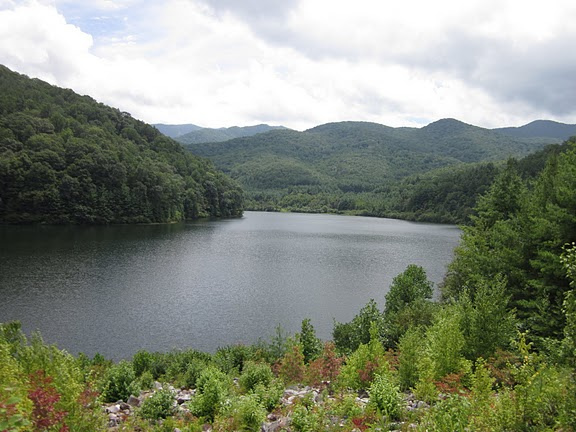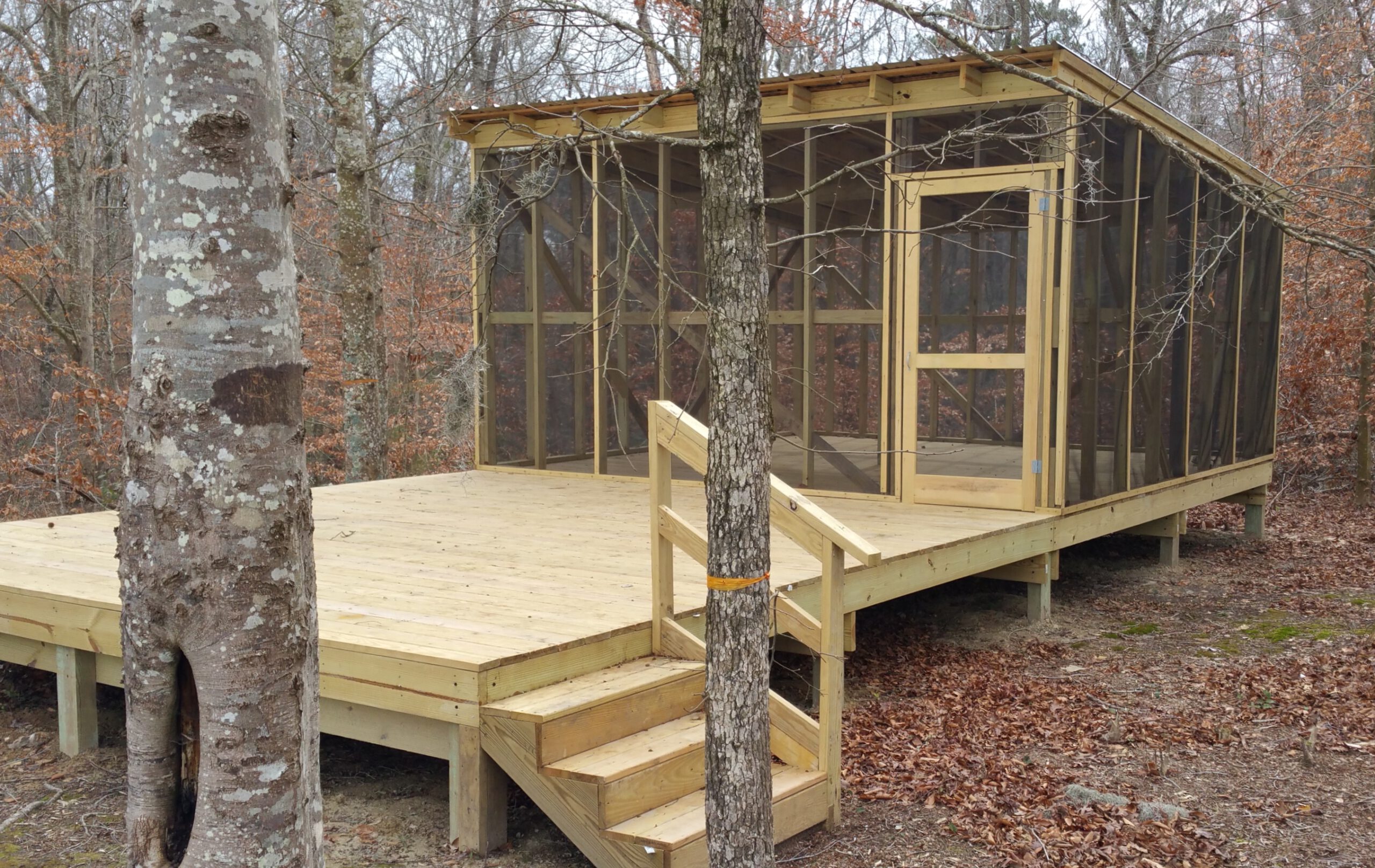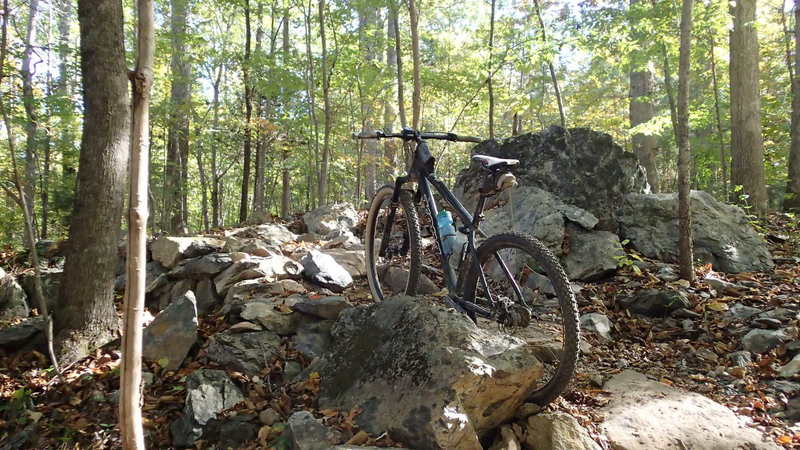
North Carolina is blessed with a plethora of nonprofits dedicated to the health and preservation of our state’s natural wonders. But we wonder: how much do you know about these organizations and the great work they do? Sounds like a good time for a pop quiz.
If you come away from the quiz a whiz (all 10 correct), congratulations! And if you don’t, worry not: it’s a great opportunity to learn more about their efforts to keep North Carolina a great place to live and play, by clicking on the links. And remember, support your local environmental nonprofit!
Pencils up? Go.
1.Which was not among EarthShare NC’s accomplishments in 2017:
a. Planted 3,000 longleaf pines in Montgomery County
b. Removed 90,000 pounds of trash from the state’s lakes, rivers, streams and coast
c. Built 15 acres of oyster sanctuary
d. Trained 139 community volunteers to identify, document and report pollution
e. Brought back the woolly mammoth after a 10,000-year absence
2. Which is not a program sponsored by Clean Air Carolina:
a. Medical Advocates for Healthy Air
b. AirKeepers (Citizens in Action)
d. Clean Construction Partnership
e. Council for Airing of Grievances

3. Which of the following areas did the Conservation Trust for North Carolina not play a role in protecting:
a. Asheville watershed
b. The Orchard at Altapass
c. Waynesville watershed
d. Johns River Gorge
e. WaynesWorld Gorge
4. According to Backcountry Hunters & Anglers, which advocates for public access to land and water, North Carolina has:
a. 1.2 million acres of National Forest lands across four National Forests
b. 2.1 million acres of total public land, 14.6 percent of which is in public ownership
c. 301 miles of coastline (seventh in the nation)
d. 7 major rivers
e. 100 (nearly) lakes of significance, the largest of which is 30,000-acre Lake Mattamuskeet.
f. All of the above

5. According to Sound Rivers, a nonprofit dedicated to the heath of the Neuse and Tar-Pamlico River Basin, which is not the name of one of the network of camping platforms operated on the Tar River:
a. John Vollmer Memorial Platform
b. Cypress Hideaway Platform
c. Camp Boddie Platform
d. Bourne Farm Platform
e. Boone’s Farm Platform

Moving on to the True or False portion of our quiz:
6. According to the Yadkin Riverkeeper, 1.6 million people live within the 7,200-square-mile Yadkin Pee Dee River Basin, and roughly half get their drinking water from the basin.
7. The Piedmont Land Conservancy has protected 12,000 acres in its 9-county area since 1990.
8. The Catawba Lands Conservancy’s Carolina Thread Trail is dedicated to linking 2.9 million people in two states and 15 counties by trail.
9. In addition to hiking at six of the Triangle Land Conservancy’s nature preserves, you can also mountain bike at one.
10. The LandTrust for Central North Carolina recently changed its name to Three Rivers Land Trust.
Answers: 1. e; 2. e (this would be under the purview of Festivus Carolina); 3. e.; 4. f; 5. e; 6. T; 7. F (PLC has protected more than 20,000 acres); 8. T (more than 260 miles of land trail/greenway and 170 miles of blueways are now open); 9. T (since opening in 2017, the 8 miles of mountain bike trail at TLC’s Brumley Forest Nature Preserve in Orange County have become popular with Triangle-area mountain bikers); 10. T (and the three rivers it represents are the Yadkin-Pee Dee, Uwharrie, and Rocky).
